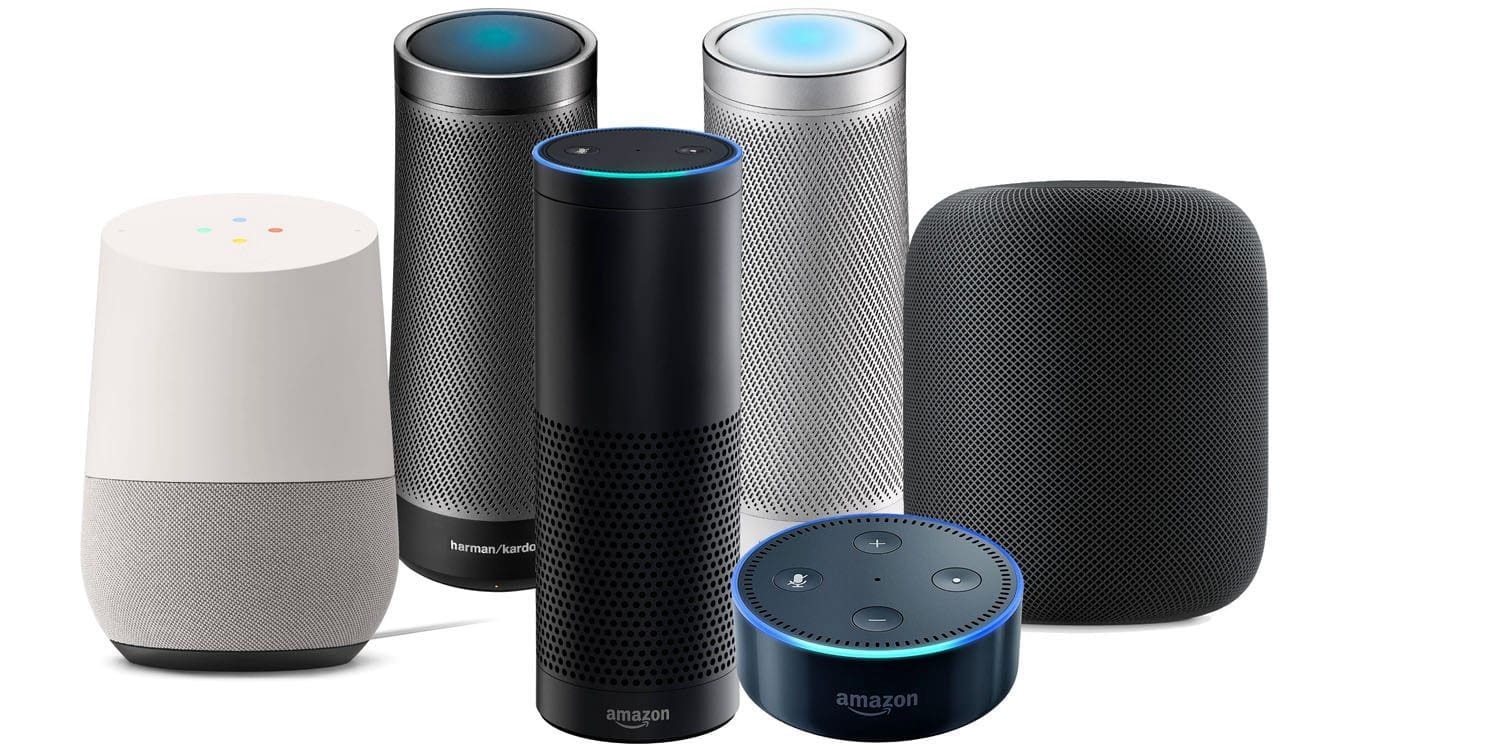Google Home and Alexa have revolutionized the smart home industry. Today, any consumer-focused electronic device must integrate with one or both of these smart home ecosystems. These smart speakers are great for DIY enthusiasts and anyone wanting to automate their home using voice commands. They also serve as excellent inputs for more robust, professionally installed smart home systems.
If you’re considering installing a system yourself to explore smart home technology, there are a few things you should know:
Basic Functionality
In their simplest form, smart speakers can execute a single command for one device at a time. For example, you can say, “Alexa, raise the temperature by two degrees” or “Google, water the front lawn for 10 minutes.” While this is convenient, it still requires you to remember to give the command.
Internet Dependence
Smart speakers rely entirely on an internet connection. While internet connectivity has improved significantly over the years, it’s not infallible. If your internet goes down, your smart speaker won’t be able to carry out any commands.
Voice Recognition
Voice commands have advanced rapidly. Voice recognition is now incredibly accurate, allowing instant responses to questions and commands. However, it’s not perfect. Speakers are improving in understanding contextual requests, but there’s still a chance they might not understand or execute a command correctly.
Smart Speaker Privacy Concerns
Smart speakers are always listening. They are sold at affordable prices because companies like Google and Amazon use them as tools for marketing. By picking up on your conversations, these companies can target you with relevant ads. While some people have no issue with this, it’s essential to know what you’re agreeing to when you use these devices.
Accessibility
Despite some downsides, smart speakers are fantastic for kids, the elderly, and people with disabilities. High-quality voice recognition was a dream for the smart home industry for years. Alexa and Google Home have made this a reality, providing significant exposure to smart home technology.
Advanced Automation
Smart speakers can work with programs like IFTTT (If This, Then That) to perform more complex tasks. However, this functionality also depends on the internet and can be tricky to set up and troubleshoot.
Professional Installation and Integration
If you’re working with a designer to install an integrated system, consider these thoughts:
- Multi-Task Commands:
- Have your designer create interactions that complete multiple tasks. For example, saying “Alexa, water the yard” can trigger a routine to water the entire yard.
- “Google, good morning” could start the coffee maker, turn on the news, light up the kids’ rooms, and disarm the alarm.
- “Alexa, goodnight” might lock the doors, close the garage, turn off the TVs, lower the temperature, turn on exterior lights, and arm the security system.
- Professional Programming:
- A professional can handle the complex programming needed to integrate your smart speaker seamlessly into your home. They can ensure that commands are easy to remember and that they function reliably within your home’s local system, not just the cloud.
Conclusion
In conclusion, smart speakers like Google Home and Alexa are excellent additions to any smart home, especially if you want or need voice control. Which one you choose depends on personal preference and specific features offered by the vendors. With the right setup, these devices can significantly enhance your home automation experience.


No responses yet